Animation showing the electron transport chain in photosynthesis, which harnesses the energy in sunlight to drive chemical reactions. At lower left is a diagram of a chloroplast, the cell organelle in which photosynthesis occurs. The green discs are thylakoids, which contain the green pigment chlorophyll. The close-up shows the membrane of the thylakoid, with its exterior at top. The first complex is Photosystem II (purple), which contains chlorophyll that harnesses light energy (red wave) to excite an electron (yellow) and pass it to a molecule of plastoquinone (dark purple). A manganese-based molecule called the oxygen-evolving complex (light blue grey) accepts water molecules (red blue) and splits them into oxygen, which is released as a waste product, two protons (red), which remain inside the thylakoid, and a replacement electron for the chlorophyll in photosystem II. The plastoquinone molecule passes the electron to cytochrome (orange), which uses the energy to transport more protons into the thylakoid. It passes the electron to plastocyanin (yellow), which carries it to photosystem I (green). This uses light energy to drive the electron through an iron-sulphur complex (purple) to ferredoxin (blue), which carries it to the enzyme ferredoxin-NADP+ reductase (yellow). This uses the electron to reduce NADP+ to NADPH, which is used in the chemical reactions that produce the organic compounds used by the plant. Below this, the enzyme ATP synthase uses the proton gradient between the inside and outside of the thylakoid to drive the production of ATP from ADP and a phosphate group. ATP, like NADPH, is used in the subsequent chemical reactions that make organic chemicals.
Details
WebID:
C00722384
Clip Type:
RM
Super High Res Size:
1920X1080
Duration:
00:01:06.000
Format:
QuickTime
Bit Rate:
25 fps
Available:
download
Comp:
200X112 (0.00 M)
Model Release:
NO
Property Release
No

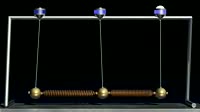


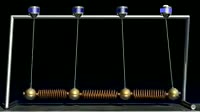
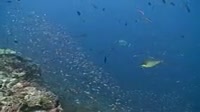
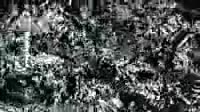
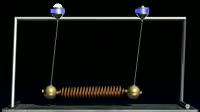
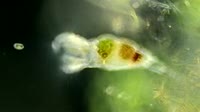


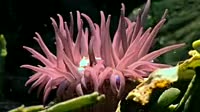
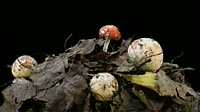
 Loading
Loading